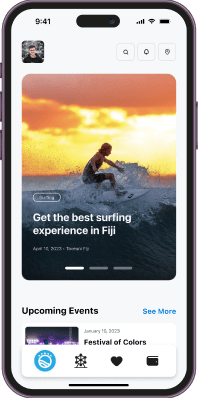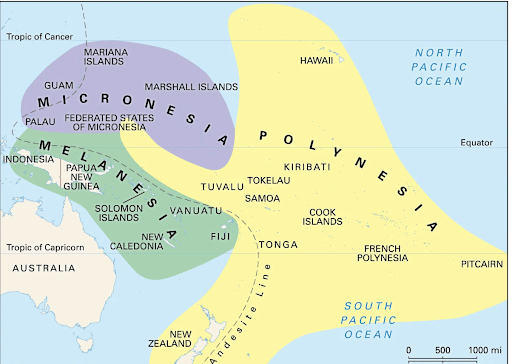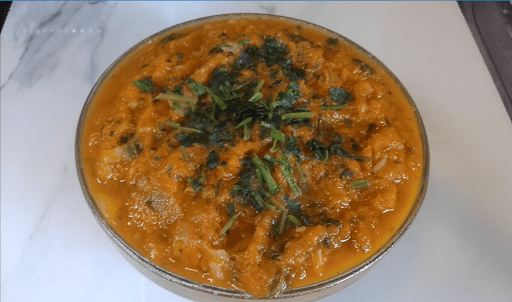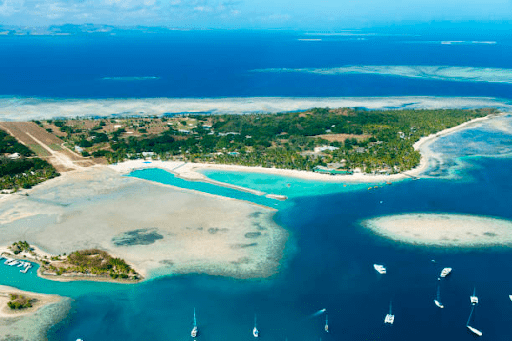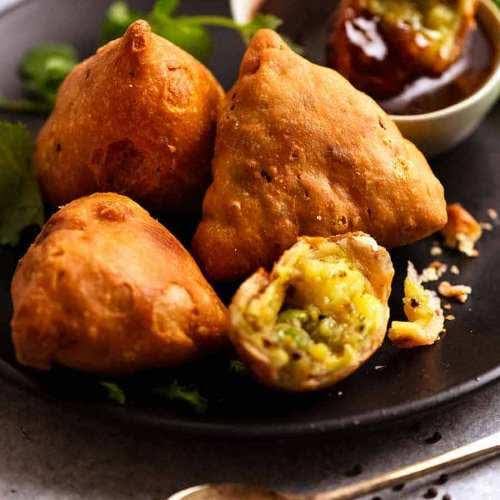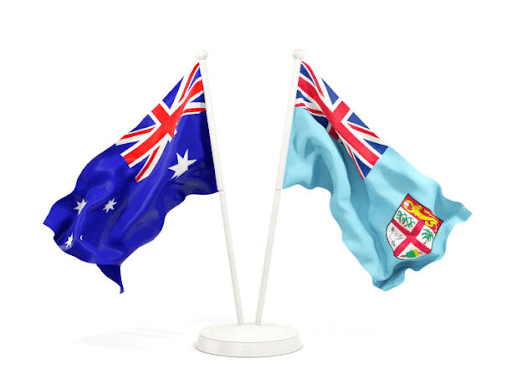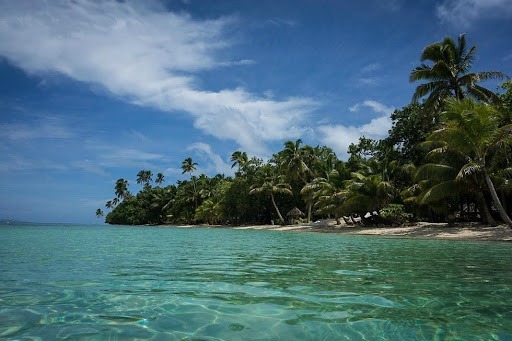Fiji is one of the Oceania countries
The Oceania region has unique geography, flora, and fauna.
Picture credit: Britannica
Fiji is one of the Oceania countries. Now, what does that mean?
What does Oceania mean?
Present-day, Oceania is divided into four areas: Australasia, Micronesia, Polynesia, and Melanesia, covering approximately 3,291,903 square miles. Fiji is part of Melanesia.
The boundary of Oceania extends from Sumatra to Rupa Nui Island, the Hawaiian Islands, Macquarie Island, and Bonin Island. In simple words, it is the region between the Americas and Asia.
Another name for Oceania is the Australasian ecozone or the Pacific ecozone. The International Olympic Committee, the UN, and several atlases use the term to refer to the whole region that includes Australia and several Pacific nations.
Who coined the name Oceania?
The term “Oceania” was first introduced in 1812 by Conrad Malte-Brun, a Dano-French geographer and journalist. He was the author of several geographies and a founder of the first modern geographic society.
He was exiled from Denmark because of his support of the French Revolution.
Until today, he is known for coining the term “Oceania”. At first, he meant it to cover the territory from the Straits of Melaka to the American coast, but the definition evolved over time.
Countries that are in Oceania
Present-day, there are 14 Oceania countries. They are:
- Fiji
- Australia
- Kiribati
- Marshall Islands
- Micronesia
- Nauru
- New Zealand
- Palau
- Papua New Guinea
- Samoa
- Solomon Islands
- Tonga
- Tuvalu
- Vanuatu
The geography of the Oceania region
Of all the nations in the Oceania region, the largest in terms of land area is Australia, followed by New Zealand and Papua New Guinea.
The entire region is made up of islands, of which there are three groups:
- Continental islands
These were all connected to continents before until the sea level changed and tectonic activity isolated them. Of the countries in the Oceania region, Australia, Zealandia, and New Guinea are continental islands.
Australia, Zealandia, and New Guinea share similarities. When the tectonic plates banged each other, they pushed the land upwards, creating mountain ranges or highlands — the Great Dividng Range in Australia, the North Island Volcanic Plateau and Southern Alps in New Zealand, and the New Guinea Highlands in Papua New Guinea.
- Low islands
Also known as coral islands, they barely reach above sea level, leading to the name low islands. Often small in size and irregular in shape, coral islands are actually made up of the skeletons and living bodies of corals, which are small marine animals.
Low islands are usually a ring of very small islands, called an atoll, which forms when coral reefs build up around a volcanic island. After the volcanic island erodes away, what is left behind is a lagoon. Although there are multiple communities of corals, atolls are thought of as a single island.
Micronesia and Polynesia are full of low islands. Kwajalein Atoll in the Marshall Islands has 97 islands that surround one of the largest lagoons in the world. Kiribati has 32 atolls and one island that spreads over an area of 3.5 million square kilometres of the Pacific Ocean.
- High islands
High islands are otherwise referred to as volcanic islands, created from volcanic eruptions that create land over time. When eruptions happen underwater, the hot magma cools and hardens in the ocean. As time passed, the hardened magma formed islands with a steep central peak, known as high islands. The peaks flattens outwards towards the coastline, forming ridges and valleys.
Melanesia is situated in the Ring of Fire where there is a lot of volcanic activity, found on the boundary between the Pacific plate and the Australian plate, also called the convergent plate boundary. Due to the amount of volcanic activity, there are many high islands in the region.
Among the significant high islands in Melanesia are Mount Tomanivi in Fiji, Mount Lamington in Papua New Guinea, and Mount Yasur in Vanuatu.
The flora and fauna of the Oceania region
The flora and fauna in the Oceania and Australian region is unique, much of which came from Southern Asia during the last glacial period when the sea levels were low enough for travel. As time passed, the species evolved. As the region is isolated from the rest of the world, they have an extremely high number of endemic species that cannot be found anywhere else in the world.
Some examples of plants native to Australia and the Oceania region are jacaranda, pohutukawa, and nad kowhai. There are endemic flightless birds like emus, kiwis, cassowaries, wekas, and takahes.
Australia and Oceania is home to land animals like the monotremes, a type of mammals that lay eggs, and the marsupials — koala, kangaroo, and wallaby. The land animals do not face threats from large predators like lions, tigers, or bears, thus they can grow to be much larger than their counterparts in the Americas.
As far as marine life is concerned, the temperate Australasia realm has among the most seabirds in the world. The cold, nutrient-rich waters support the plants and fishes that the seabirds feed on.
Meanwhile, the region that covers Fiji, the northern half of Australia, Papua New Guinea, the Solomon Islands, Vanuatu, New Caledonia, and Tonga has the biggest diversity of tropical coral in the world.
The Easter Indo-Pacific realm that consists of the central Pacific Ocean, stretching from the Marshall Islands to southeastern Polynesia, houses a variety of whale, tortoise, and fishes.
As you can see, the Oceania region is one of a kind. By extension, Fiji is blessed with unique geography, flora, and fauna — awaiting your exploration.
